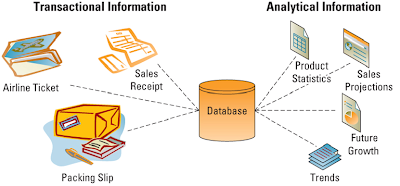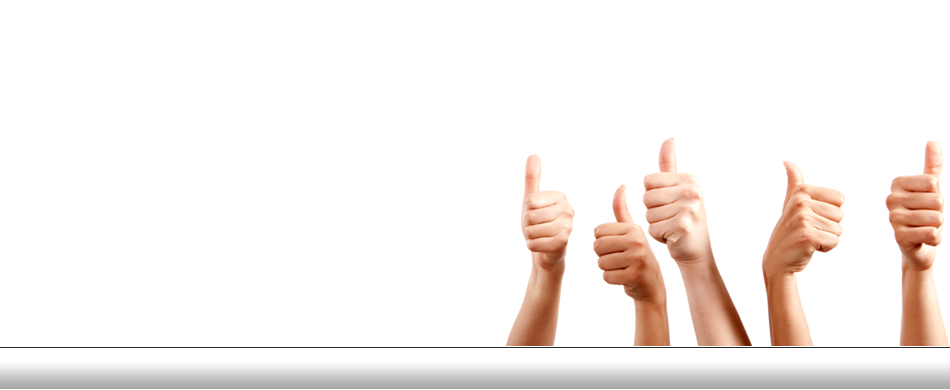Norzulaiha Bt. Alias
Noor Asniza Bt. Asmaddin
Ayuliza Bt. Kasim
Nurul Aisyah Bt. Ahmanul
Nur Atila Bt. Abdul Rahman
Putri Azizuhainee Bt. Mohd. Khalid
Question :
We know that people use information technology to work with information. Knowing this, how could these types of errors occur? What could happen if you decided to use Facebook to collect information intelligence for a research paper? What could Facebook do to help prevent these types of errors?
Here are some references to determine whether the information obtain is a good or bad;
Problems that may occur:
Facebook is a website that is generally open to all. The information can be easily falsify and does not need to be filtered. Thus, why the information is not credible for the use of a research. The information obtain may not be true or valid and may not be based on facts. Furthermore, the information at facebook may be biased as it is based on ones opinion and perception. Lastly, we have no way to insure that the information that is posted on facebook is valid as for we do not know the sources of information and its credibility.
Prevention that Facebook may do to prevent these problems:
Facebook should filter the information posted on their website or increase its security by valuating its information and sources.


















